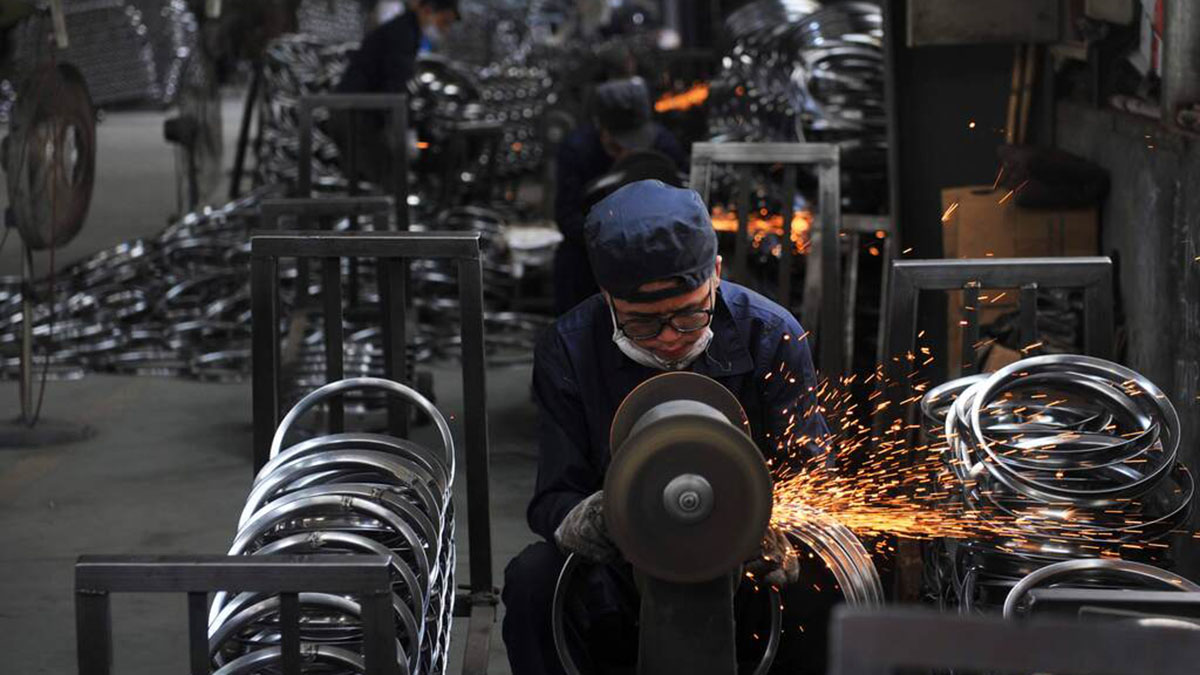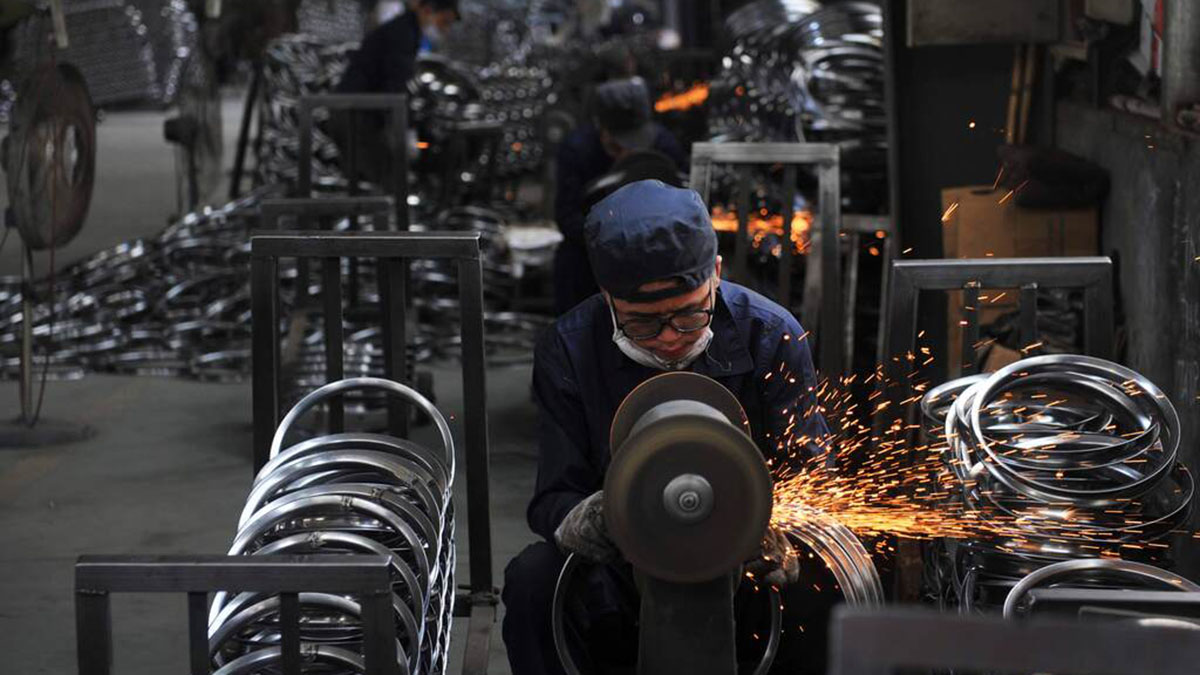MIT engineers have come up with a system known as the Digital Construction Platform ( DCP ) with the capability to 3D print structures for human habitation. The DCP consists of a vehicle mounted with a robotic arm, which has another, more precise robotic arm at the end with a nozzle for spraying the construction material.
The nozzle is similar to those used in conventional construction techniques for spraying concrete or insulation material. MIT engineers successfully constructed a three and a half metre high, 15 metre diameter dome in under fourteen hours.
Unlike conventional 3D printers, where the nozzle and the robotic arms are housed within a closed space, the DCP can be adapted to construct structures of any dimension. The 3D printer for houses is free moving. The system can be modified to take into consideration variables at the location to modify the structure instead of going by one monolithic design.
For example, more insulation can be added towards the northern side or the southern side of the house depending on the hemisphere in which the house is located in. Curves can be incorporated to allow the structure to withstand strong winds, and walls can be made to taper according to the load bearing requirements.
The system can also be modified to re-use locally available resources, such as sand or rock in the construction process itself. Eventually, the aim is to develop a fully autonomous system that can construct houses in remote locations. Such a platform has applications in remote and rural areas, as well as rapidly provide relief housing in the aftermath of disasters. The DCP could potentially be used in pioneering manned missions to other bodies in the solar system, including the Moon and Mars. Nasa’s plans for a manned mission to Mars includes 3D printing the housing for the first explorers, who cannot possible transport everything they require for the mission from the Earth.
Neri Oxman, group director and associate professor of media arts and sciences says, “Making it faster, better, and cheaper is one thing. But the ability to design and digitally fabricate multifunctional structures in a single build embodies a shift from the machine age to the biological age — from considering the building as a machine to live in, made of standardized parts, to the building as an organism, which is computationally grown, additively manufactured, and possibly biologically augmented. So to me it’s not merely a printer, but an entirely new way of thinking about making, that facilitates a paradigm shift in the area of digital fabrication, but also for architectural design. … Our system points to a future vision of digital construction that enables new possibilities on our planet and beyond.”
The DCP rethinks the idea of breaking down a house into parts, such as windows, walls, and roofs. All the components are one homogeneous structure. The novel approaches allows for using machine intelligence in tandem with construction techniques to create houses that were not possible by human designers, or using conventional construction techniques. The innards of the houses, such as beams, wires and piping can be incorporated into the 3D printer itself.


)




)
)
)
)
)
)
)
)